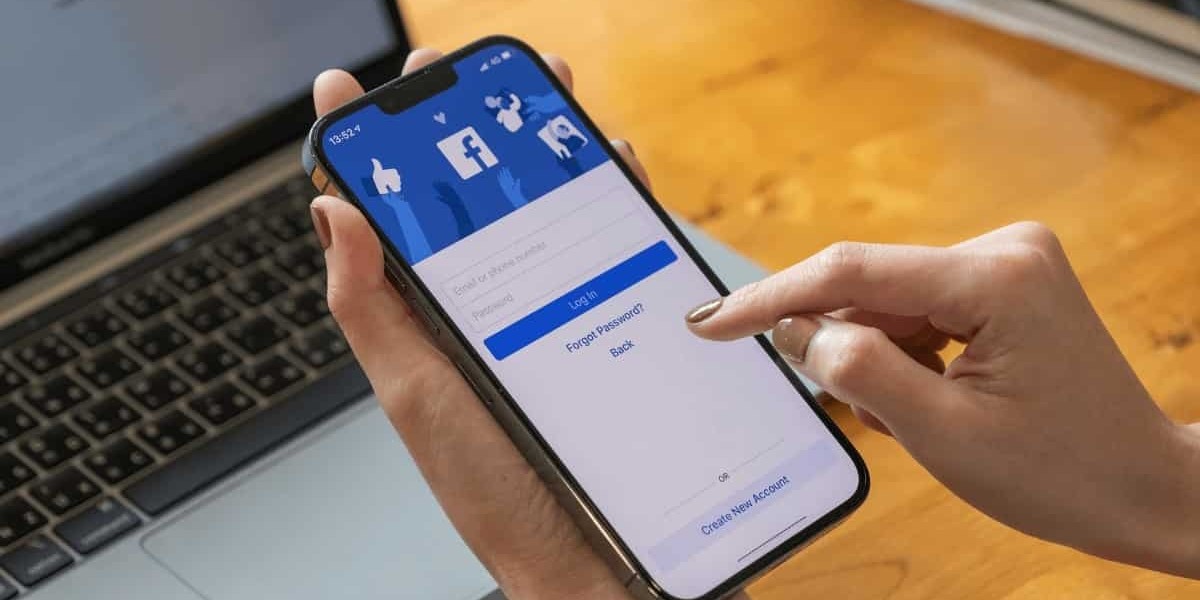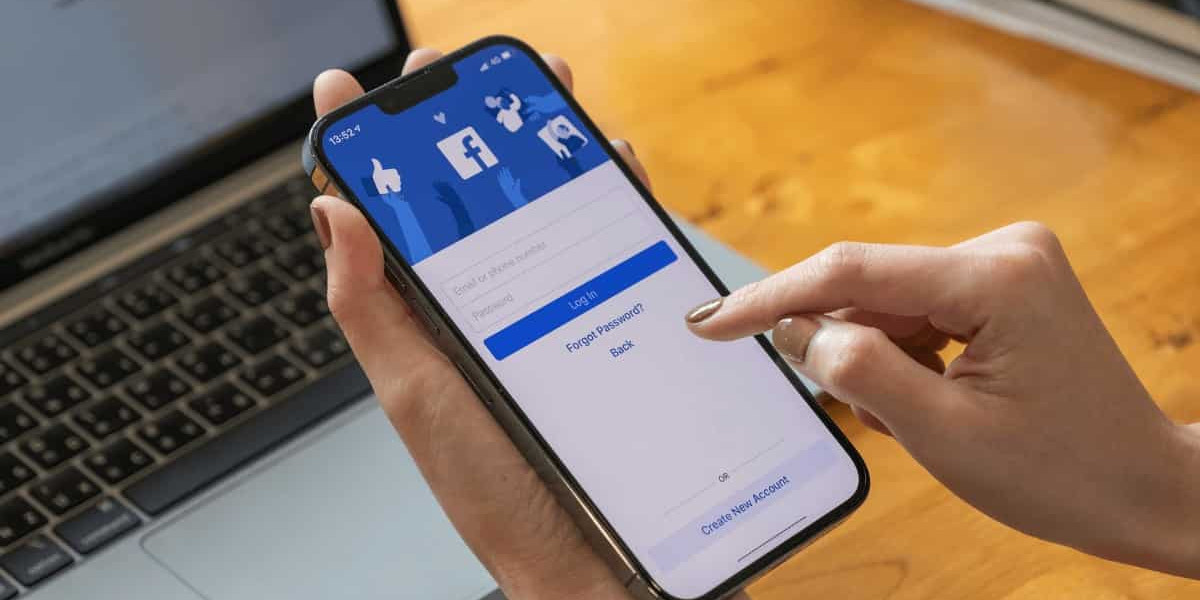Making an offer on Facebook Marketplace involves a series of steps designed to facilitate smooth and effective communication between buyers and sellers. Here's a detailed guide on how to proceed:
Find the Item: Start by browsing Facebook Marketplace for the item you're interested in. You can search for specific items or browse categories.
Review the Listing Carefully: Before making an offer, thoroughly review the listing. Look at the photos, read the description, check the price, and note any specific details or conditions mentioned by the seller.
Check Seller Information: Evaluate the credibility of the seller by checking their profile. Look at their ratings, if available, and read any reviews or comments from previous transactions.
Initiate Contact with the Seller: Use the “Message Seller” button on the listing to start a conversation. It’s good practice to start with a polite greeting and express your interest in the item.
Ask Questions: If you have any questions about the item, such as its condition, history, or specifics not mentioned in the listing, now is the time to ask. Clear communication is key to a successful transaction.
Discuss the Price: If the price is negotiable, express your interest in making an offer. Be respectful and reasonable with your offer price. An offer that is too low may not be taken seriously.
Negotiate Politely: The seller may counter your offer. Be prepared to negotiate, but do so politely and respectfully. Remember, both parties are looking for a fair deal.
Confirm Details: Once a price is agreed upon, confirm the details of the transaction. This includes the final price, payment method, and logistics of how the item will be delivered or picked up.
Arrange for Pickup or Delivery: Decide on a safe and convenient location for pickup if dealing with a local seller. For shipped items, provide your shipping address and discuss who will bear the shipping costs.
Agree on Payment Method: Facebook Marketplace allows for various payment methods, including cash in person, PayPal, or electronic payments. Agree on a method that is secure and convenient for both parties.
Stay Safe: Follow safety guidelines when meeting in person. Meet in a public place and consider bringing a friend. If the transaction doesn’t feel right, trust your instincts and back out.
Keep Communication Open: Keep the lines of communication open until the transaction is complete. Notify the seller once you receive the item, especially if it was shipped.
Leave a Review: After the transaction, leave a review or rating for the seller. This helps build trust in the Marketplace community.
Understand Facebook’s Policies: Familiarize yourself with Facebook’s policies regarding Marketplace transactions. Knowing the rules can help in case of disputes or issues.
Protect Personal Information: Be cautious about sharing personal information. Only provide what’s necessary to complete the transaction.
Beware of Scams: Be vigilant for signs of scams, such as requests for unnecessary personal information, payment outside of agreed methods, or suspiciously low prices.
Document the Transaction: Keep a record of your communications and agreements with the seller. This can be helpful if any disputes arise after the transaction.
By following these steps, you can navigate making an offer on Facebook Marketplace effectively and securely, ensuring a positive experience for both buying and selling parties.
what is facebook marketplace?
Facebook Marketplace is a digital platform within Facebook that allows users to buy, sell, and trade items with people in their local area or from broader regions. It's a feature accessible through the Facebook app and website, facilitating a community-driven buying and selling experience.
User Accessibility: Marketplace is available to most Facebook users, with access typically granted based on account age, location, and previous activity on Facebook to ensure a trustworthy community.
Wide Range of Items: Users can find a variety of items on Marketplace, from clothing and accessories to vehicles and real estate. It caters to a wide range of interests and needs, making it a versatile platform.
Local and Regional Buying/Selling: One of the key features of Marketplace is its focus on local transactions. Users can search for items available nearby, making it convenient to arrange pickups and view items in person. However, it also supports wider regional transactions.
Integrated Messaging: Communication between buyers and sellers is facilitated through Facebook Messenger, providing a seamless and immediate way to discuss details, negotiate prices, or arrange meetings.
Ease of Listing Items: Users can list items for sale in just a few steps – uploading photos, adding descriptions, setting a price, and categorizing the item. This ease of use has contributed to its popularity.
Community-Based Buying and Selling: Marketplace is community-oriented, often connecting users through local groups and common interests. This fosters a sense of community and trust among users.
Safety and Security Features: Facebook provides various safety tips and guidelines for conducting transactions, encouraging users to meet in safe, public places, and recommending secure payment methods.
No Transaction Fees: Unlike many other online marketplaces, Facebook does not charge listing or transaction fees for items sold directly through Marketplace, making it an economically attractive option for sellers.
Search and Filter Functions: Users can search for specific items and use filters like price, location, and category to find what they’re looking for, making the shopping experience more tailored and efficient.
Rating and Review System: Some level of feedback or rating system is often available for users to assess the reliability and reputation of sellers, although this feature's depth varies.
Business Integration: Marketplace also offers opportunities for businesses to list products, providing a platform for both individual sellers and businesses to reach local customers.
Regulated Items Policy: Facebook has policies governing what can and cannot be sold on Marketplace. Prohibited items include illegal substances, firearms, adult content, and alcohol, among others, ensuring a safe environment for users.
Global Reach with Local Focus: While Facebook Marketplace is available in multiple countries, it emphasizes local transactions, promoting community engagement and sustainable practices like reducing shipping impacts.
Algorithmic Recommendations: The platform uses Facebook's algorithms to show users relevant items based on their interests, search history, and online activity, enhancing the personalized shopping experience.
Integration with Facebook Profile: Transactions on Marketplace are often more transparent since profiles are connected to real Facebook accounts, providing a level of accountability and trust.
In essence, Facebook Marketplace is a versatile, user-friendly platform for local and broader community buying and selling, offering a diverse array of items without transaction fees, and integrated into the larger Facebook social media environment.
How do I create an offer post on Facebook?
- Accessing Marketplace: First, log in to your Facebook account and navigate to the Marketplace section.
- Creating a New Listing: Click on the option to create a new listing or offer.
- Selecting Category: Choose the appropriate category for the item you want to sell.
- Adding Photos: Upload clear and high-quality photos of the item. Multiple angles are recommended to give a better view.
- Filling Details: Enter the details of the item, including a title, description, and price. Be honest and thorough in your description.
- Setting the Price: Price the item realistically. Research similar items on Marketplace for a fair price estimation.
- Location and Delivery Details: Include information about where the item is located and whether you offer local pickup, delivery, or shipping.
- Publishing the Offer: Review your post for accuracy, then publish it. Your offer is now live on Facebook Marketplace.
How do you negotiate with someone on Facebook Marketplace?
- Initial Contact: Start by expressing interest in the item and asking any pertinent questions.
- Making an Offer: Politely make your offer. It should be reasonable and based on the item’s condition and market value.
- Be Open to Counteroffers: The seller may counter your offer. Be prepared to negotiate within a range you are comfortable with.
- Justify Your Offer: If you’re offering lower than the asking price, explain why. This could be due to item condition, market research, or comparison with similar items.
- Stay Polite and Respectful: Maintain a friendly and respectful tone throughout the negotiation.
- Know When to Walk Away: If you can't reach an agreement that satisfies both parties, it’s okay to walk away from the deal.
Why can't I send offers on Facebook Marketplace?
- Account Restrictions: If your account is new or has been reported for violating Marketplace policies, you might face restrictions.
- Technical Issues: Sometimes, technical glitches can prevent functionality. Try clearing your browser cache or using a different device.
- Policy Violations: If you’ve previously violated Facebook’s terms of service, you may be temporarily or permanently restricted from making offers.
- Marketplace Access: Not all regions or accounts have full access to Marketplace features. Ensure your account is eligible.
- Outdated App: If you’re using the Facebook app, ensure it’s updated to the latest version.
What is the best offer on Facebook Marketplace?
- Fair Pricing: The best offer is one that fairly reflects the item’s value, condition, and the current market demand.
- Competitive Pricing: Research similar items on Marketplace to understand what others are charging. Your offer should be competitive yet reasonable.
- Attractiveness to Buyers: An attractive offer isn’t just about the price. It includes clear images, detailed descriptions, flexibility in negotiation, and responsiveness.
- Meeting Buyer Needs: Understand what buyers in your category value. This could be the quality, rarity, brand, or utility of the item.
- Balancing Speed and Profit: Depending on your priority, the best offer might be one that sells quickly (possibly at a lower price) or one that maximizes profit (potentially taking longer to sell).



